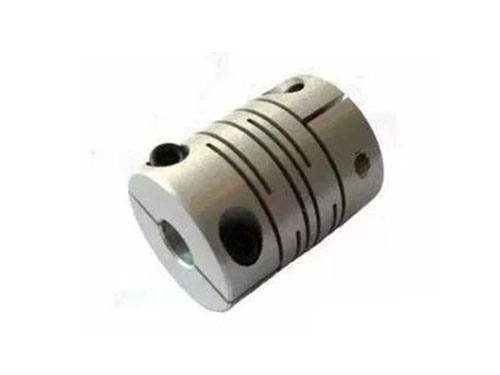Star flexible coupling
Elastic sleeve pin coupling
Diaphragm coupling series
Elastic pin coupling
Drum type gear coupling series
Plum-shaped elastic coupling
Rigid coupling series
Tyre coupling series
Slider coupling series
Universal coupling series
Roller chain coupling
Water pump coupling
Various coupling accessories
Industrial expansion sleeve
Serpentine spring coupling accessories
Reducer bracket series
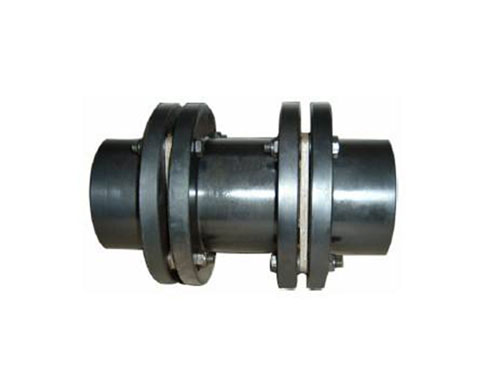 JMJ diaphragm couplingJMJ diaphragm coupling torque control range...
JMJ diaphragm couplingJMJ diaphragm coupling torque control range...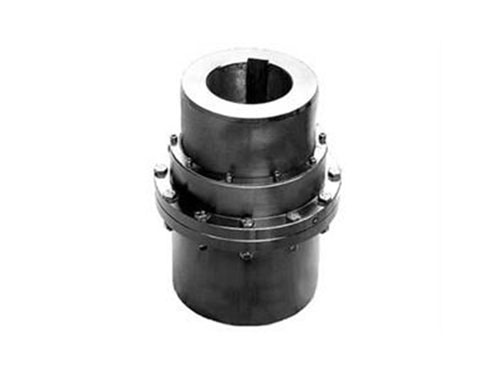 GICL type-drum gear couplingGICL type-drum gear coupling (JB/T 88...
GICL type-drum gear couplingGICL type-drum gear coupling (JB/T 88...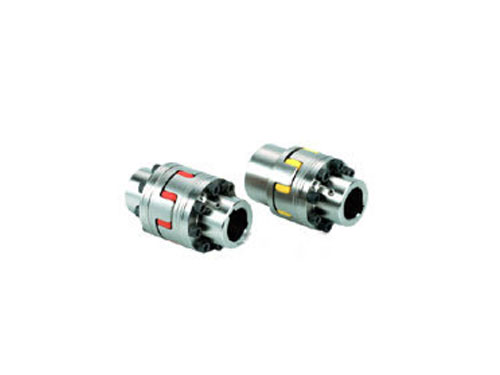 LMS type double flange type plum blossom elastic couplingLMS (formerly MLS) type-double-flange...
LMS type double flange type plum blossom elastic couplingLMS (formerly MLS) type-double-flange...Rigid coupling

There are two main structural forms of rigid couplings:
1. Align by matching the convex shoulder on one half coupling with the groove on the other half coupling.The bolts connecting the two half-couplings can be grade B ordinary bolts, and the torque is transmitted by the frictional moment of the joint surface of the two half-couplings.The material of the rigid coupling can be gray cast iron or carbon steel, and cast steel or forged steel should be used under heavy load or when the peripheral speed is greater than 30 m/s.
2. Rely on the reamed hole and use the bolt to realize the two-axis centering and rely on the bolt rod to bear the extrusion and shear to transmit the torque.
Rigid coupling is a kind of coupling, which is widely used, but many users do not know its related knowledge very well. The following is a brief introduction around the rigid coupling:
1. The characteristics of rigid couplings: rigid couplings are light in weight, low inertia and high sensitivity. In practical applications, rigid couplings are easy to maintain and oil-resistant.And in a high-speed environment, it can compensate for the relative displacement caused by high-speed operation.Of course, if the relative displacement can be successfully controlled, it can also perform very well in the servo system.
2. The structure of the rigid coupling: the rigid coupling consists of two half couplings with grooves on the end faces and an intermediate disc with convex teeth on both sides, because the convex teeth can be in the groove Sliding, so it can compensate for the relative displacement between the two shafts during installation and operation. The rigid coupling also has two shaft sleeves and a steel shell, of which the steel shell is a torque-transmitting element.
The heating temperature of rigid coupling is usually 560~600℃, and the hardness requirement is HRC22~34.Because the purpose of quenching and tempering is to integrate mechanical properties, the hardness range is relatively wide.However, if the drawings have hardness requirements, the tempering temperature must be adjusted according to the drawings to determine the hardness.For example, some shaft parts require high hardness requirements; and some gears and shaft parts with keyways need to be milled and inserted after quenching and tempering, so the hardness requirements are lower.Regarding the tempering and holding time, it depends on the hardness requirements and the size of the workpiece. We believe that the hardness after tempering depends on the tempering temperature and has little to do with the tempering time. However, the tempering and holding time of the general workpiece is always the same for the return. More than hours.

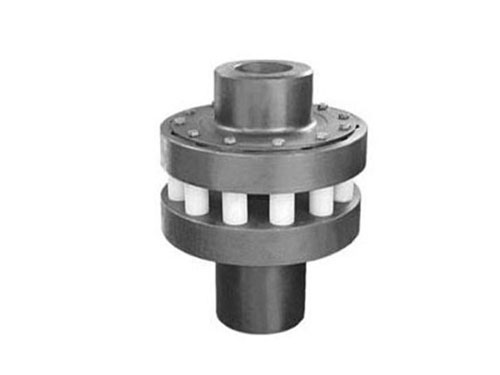
 HL type elastic pin coupling
The elastic pin coupling is the use of...
HL type elastic pin coupling
The elastic pin coupling is the use of...
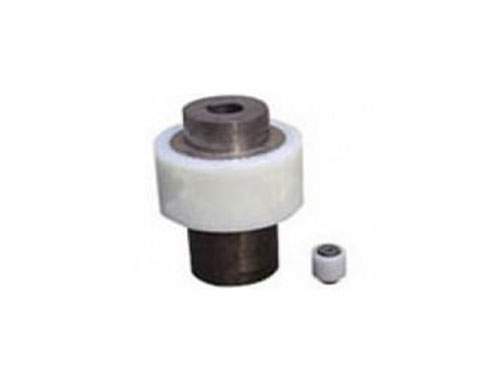
 NL type drum gear coupling
The shaft hole types are cylindrical (Y),...
NL type drum gear coupling
The shaft hole types are cylindrical (Y),...

 GICLZ type-drum gear coupling
GⅠCLZ type-drum gear coupling...
GICLZ type-drum gear coupling
GⅠCLZ type-drum gear coupling...
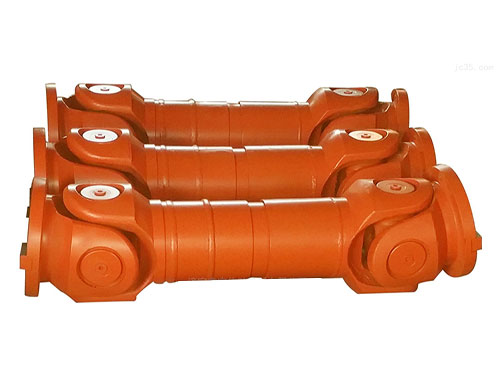
 SWP-E type cross shaft universal coupling
SWP-E type cross shaft universal joint...
SWP-E type cross shaft universal coupling
SWP-E type cross shaft universal joint...
